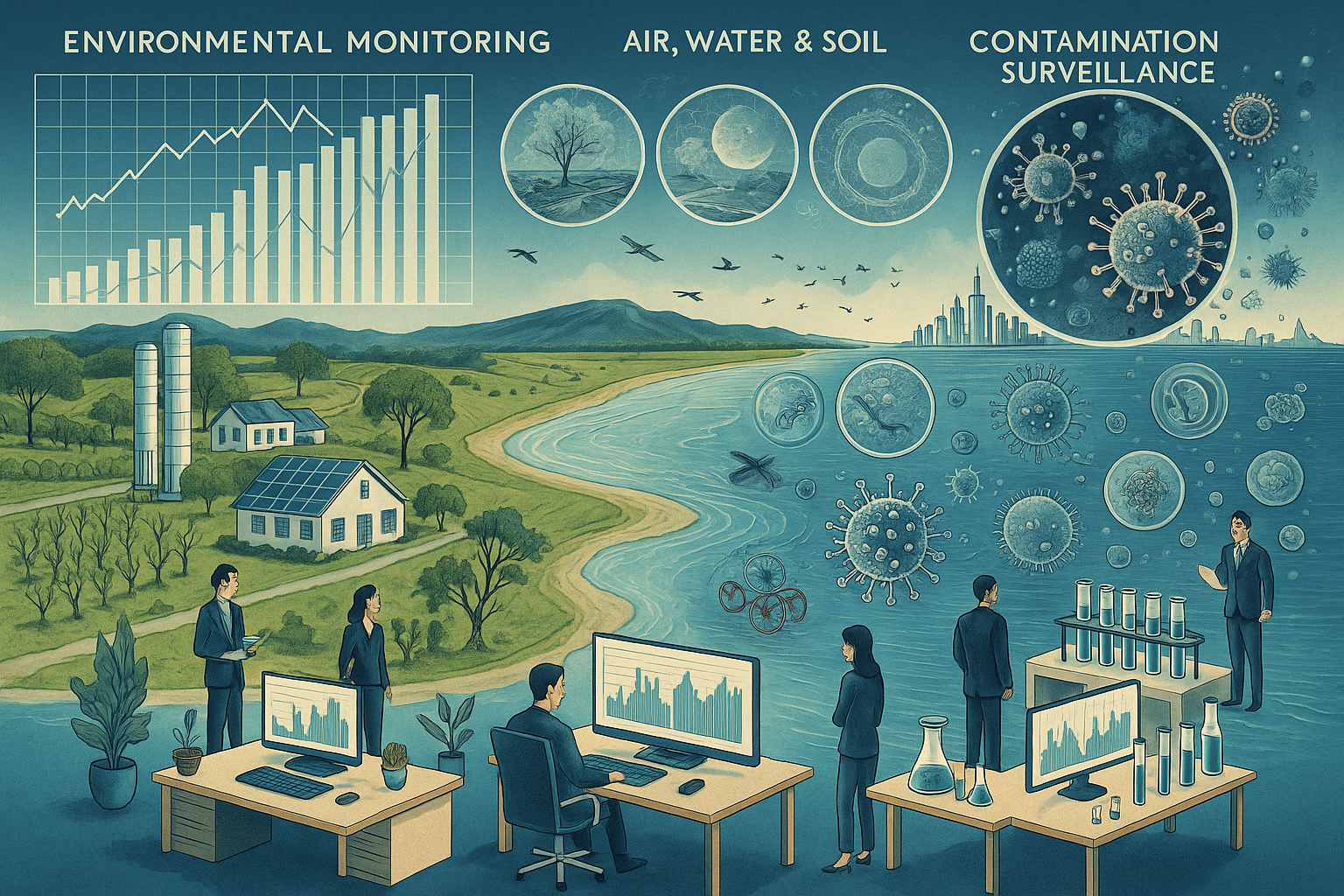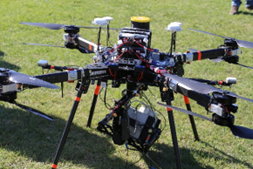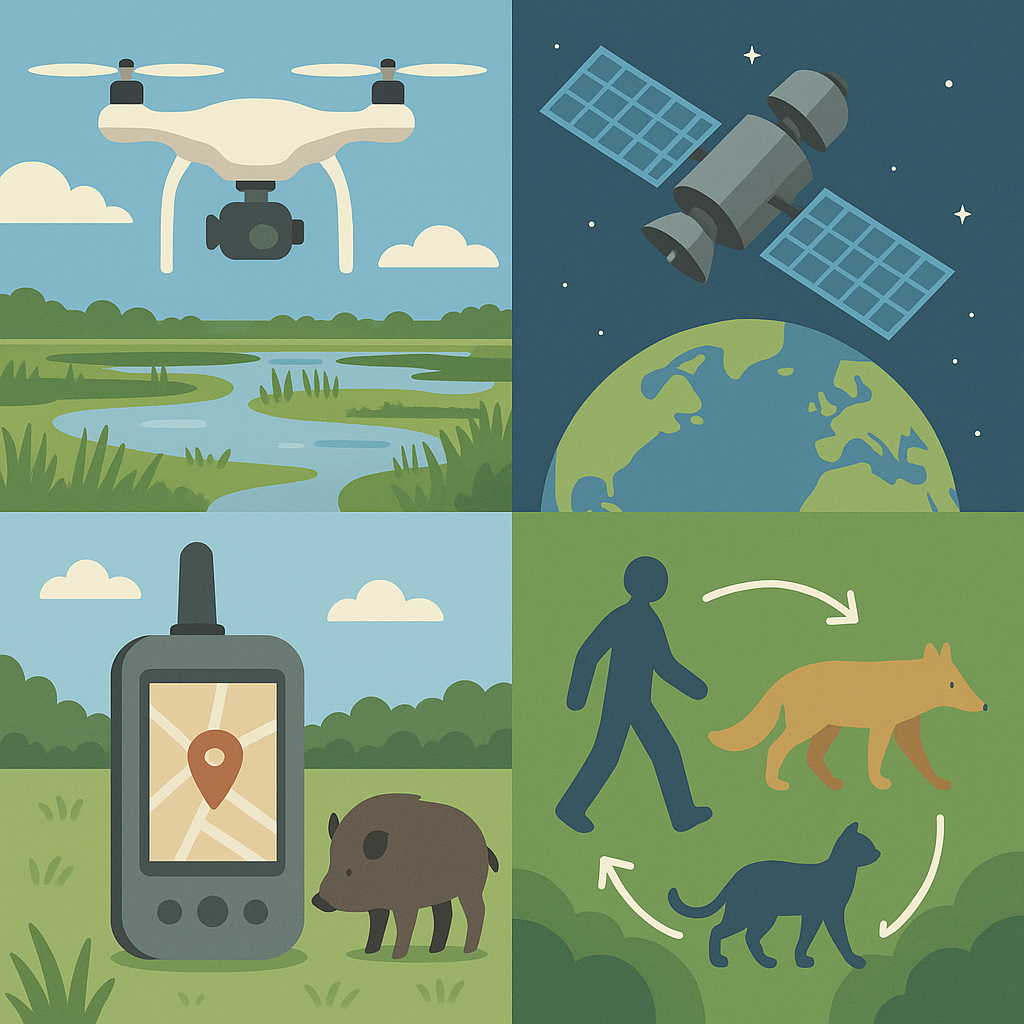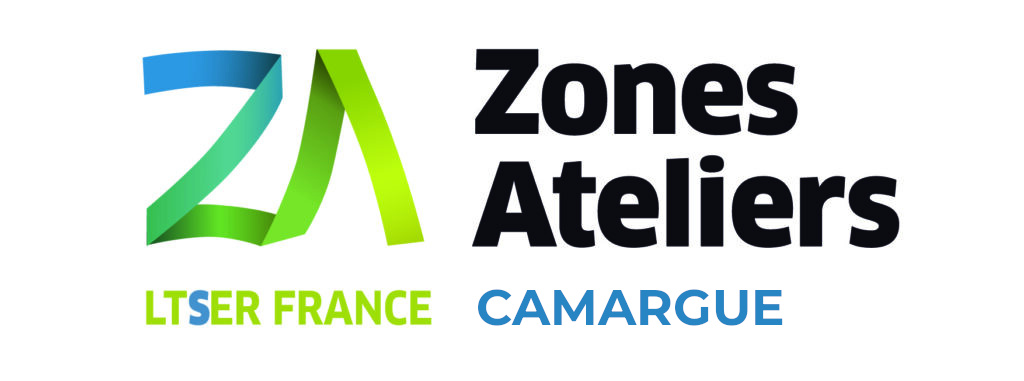
What is scientific instrumentation?
Scientific instrumentation covers all the tools, equipment and techniques used to measure, observe and analyse phenomena.
- Importance These instruments are essential for collecting accurate and reliable data, enabling researchers to understand and interpret ecological and environmental processes in relation to health issues.
- Trend Use of instrumentation in the field of health and the environment has become increasingly common since the miniaturisation of components, the possibility of embedding them (on human and non-human vectors), recording multi-parameters and multi-contaminants, and carrying out imaging and teledetection.
>> Integration of artificial intelligence and big data. Low-cost, open source surveillance technologies.
Practical applications and the benefits of scientific instrumentation
- Monitoring Environmental Change
- environmental variables to detect trends and anomalies.
- Example: GT Instrumentation "Eau Salinité" Agence de l'eau Rhône Méditerranée Corse, PNR Camargue, Syndicat Mixte de la Camargue Gardoise, Tour du Valat, ZACAM.
Monitoring contamination and pathogens
- Rapid detection of contaminants (pesticides, heavy metals, etc.).
- Detection of viruses, bacteria and zoonoses. ZOOCAM programme
Sensors and Weather Stations :
Used to measure climatic variables such as temperature, humidity, wind speed and rainfall.
Example: Automatic weather stations installed in different regions to monitor microclimates.
Gas Analysers
Measure concentrations of greenhouse gases such as CO2, CH4 and N2O, etc.


Drones and Satellites
Provide aerial and space data for observing large and small-scale ecosystems.
Sensors for geolocation and mobility studies :
To gain a better understanding of the interactions between humans, animals (domestic and wildlife) and the environment. Develop more effective strategies to protect health and the environment.
Contact person:
For the ZACAM : jean-claude.raynal@cnrs.fr


